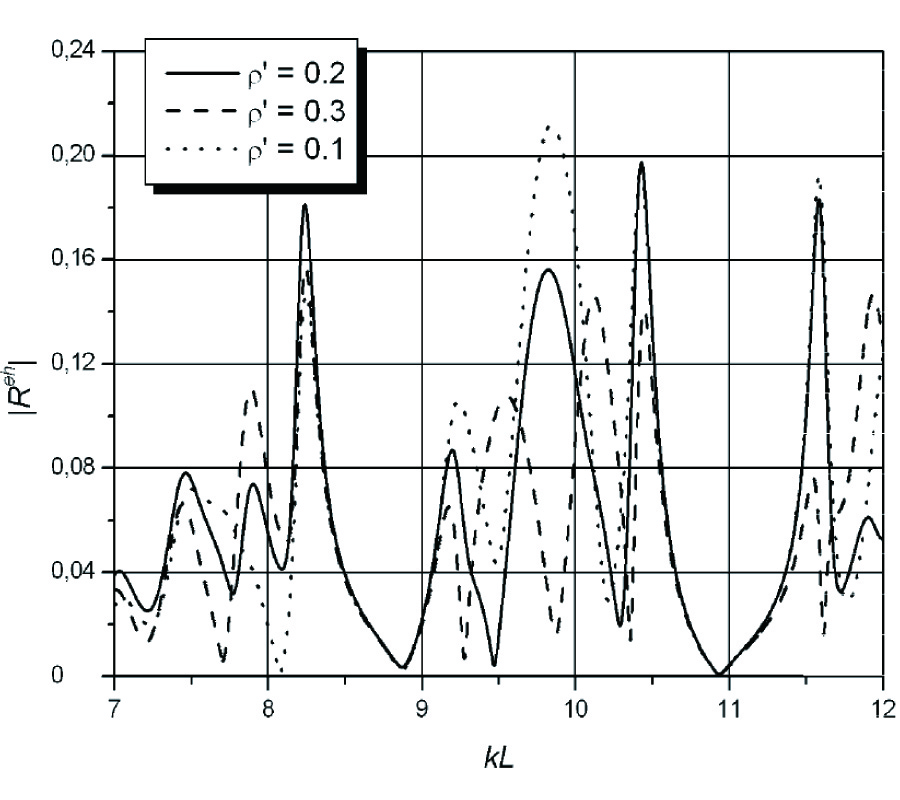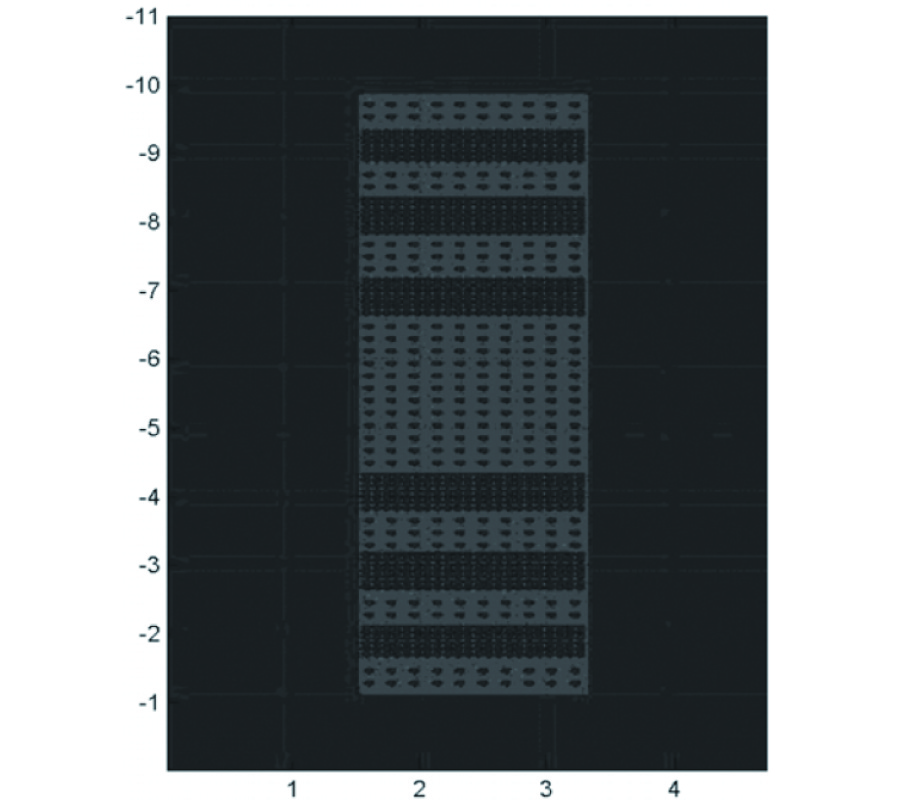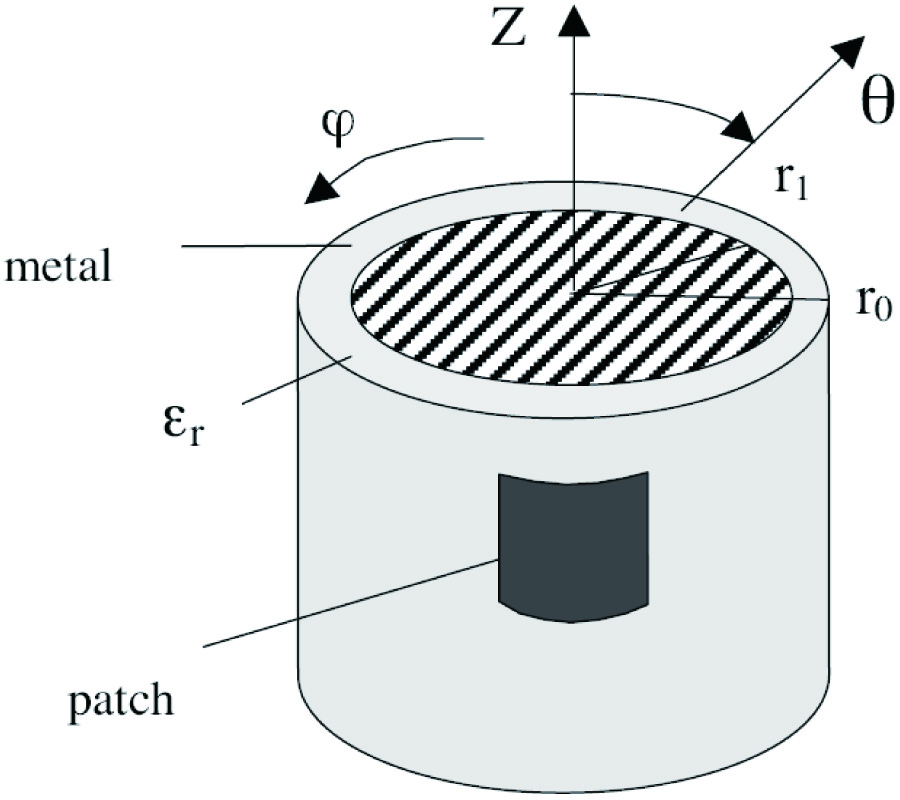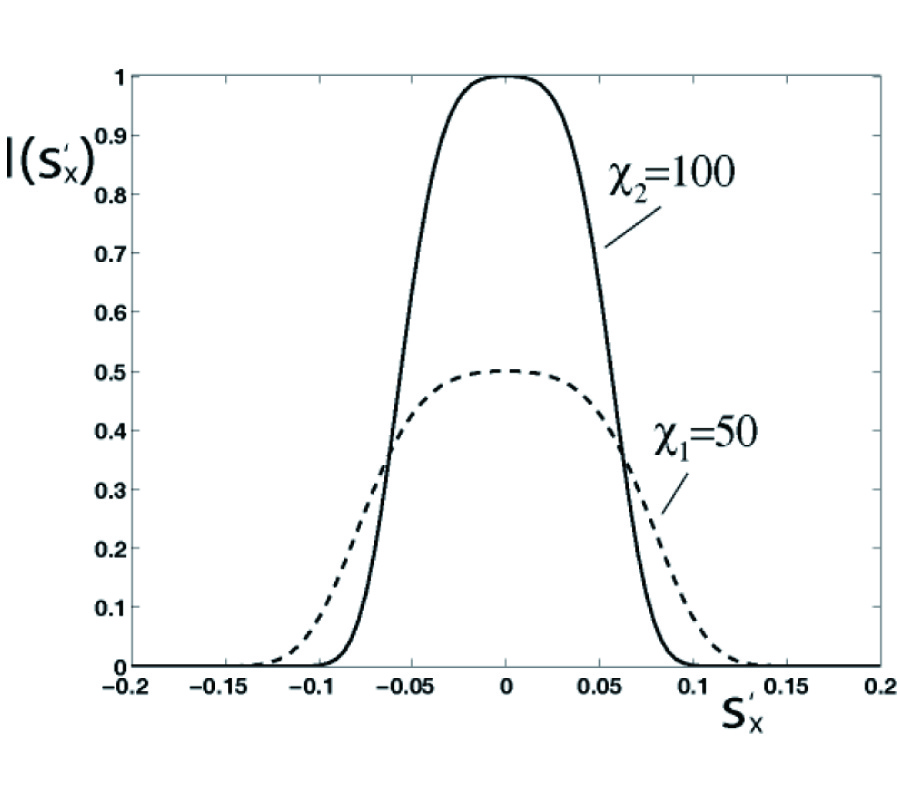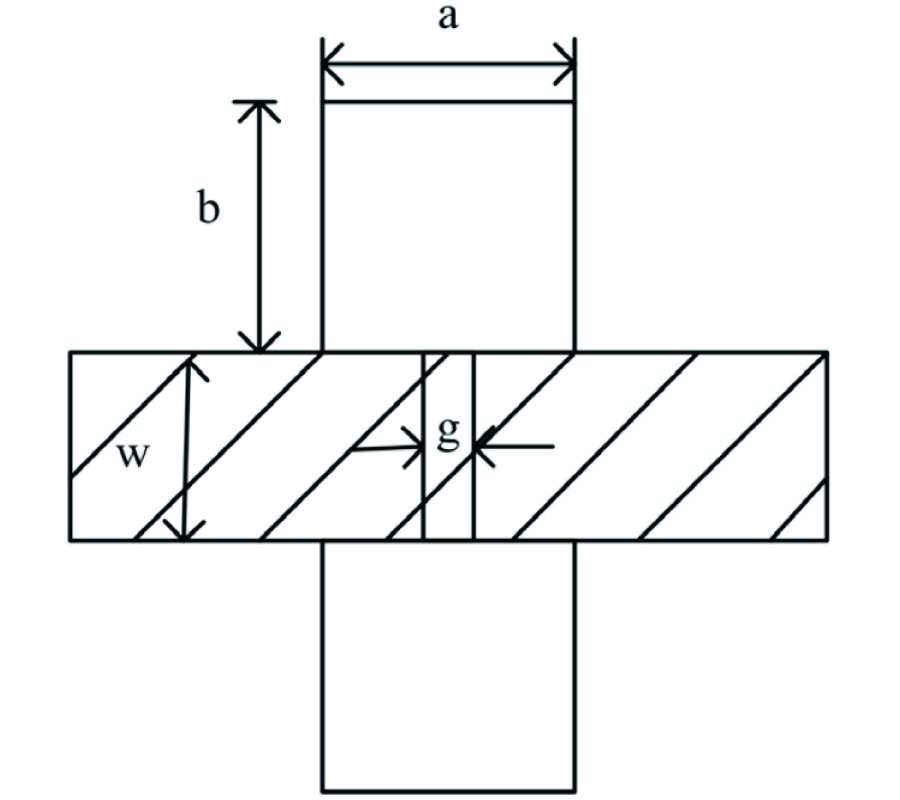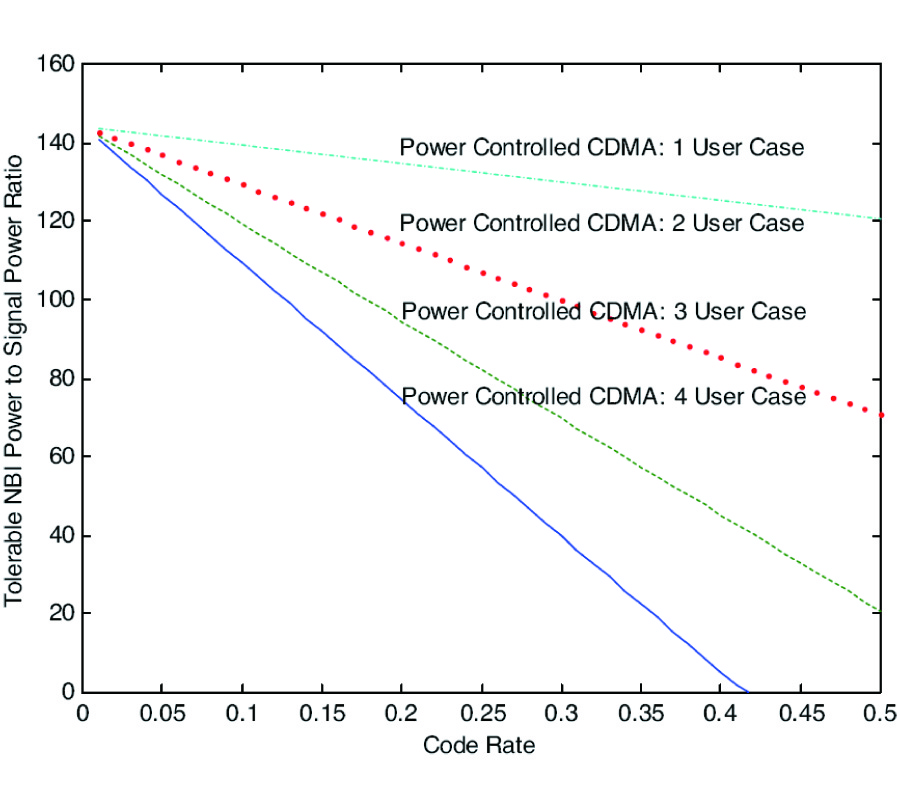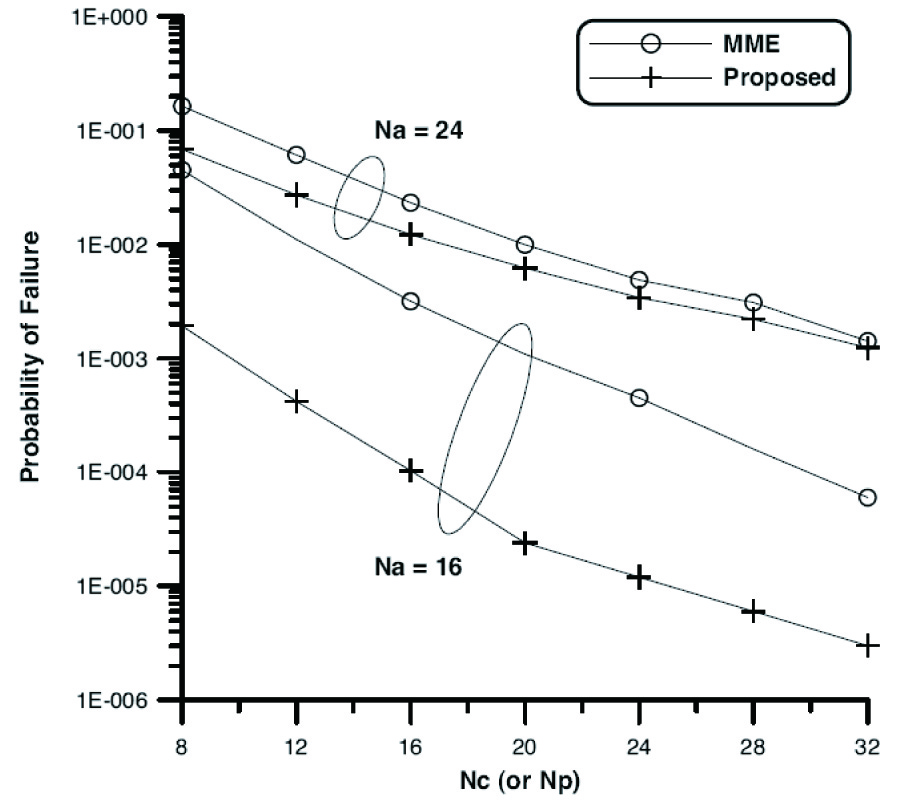A Cwa-Based Detection Procedure of a Perfectly-Conducting Cylinder Buried in a Dielectric Half-Space
Fabrizio Frezza
,
Pasquale Martinelli
,
Lara Pajewski
and
Giuseppe Schettini
The electromagnetic scattering problem of a short-pulse plane wave by a perfectly-conducting circular cylinder, buried in a dielectric half-space, is solved by means of a cylindrical-wave approach (CWA). The incident plane wave may have a rather general shape in the time domain. The technique is applicable for arbitrary polarization, or any cylinder size and burial depth, and it gives results both in the near- and in the far-field regions. In this work, an application of the technique to a basic but practical detection problem is presented, showing good results.


